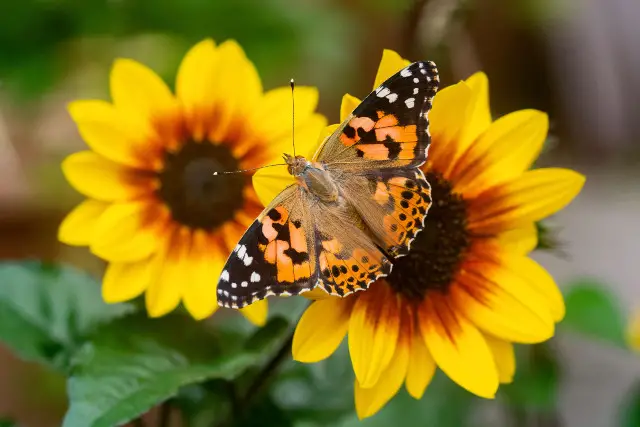In just three weeks this summer, nearly half a million Painted Lady butterflies were counted as part of the 10th UK-wide Big Butterfly Count, run by Butterfly Conservation and sponsored by B&Q.
The wildlife charity can confirm that 2019 has been a ‘Painted Lady Year’ – a natural phenomenon that happens about once in a decade, when unusually high numbers of this migratory butterfly arrive in the UK.
Seen greater than 30 times compared to 2018
It is too early to tell how 2019 compares to the last ‘Painted Lady Year’ in 2009, but the number seen in this year’s Big Butterfly Count was almost 30 times greater than in the 2018 survey, equating to an increase per Count of 2498% on the year before.
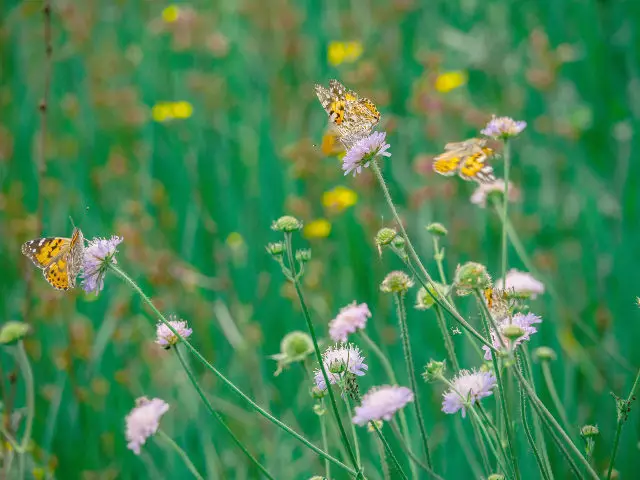
Several other common species have experienced a bumper summer, helped by the fine weather.
Bumper season for others
The Peacock had its best summer since 2014, with counts up a massive 235% on last year. The Marbled White experienced a 264% increase and there was a 64% rise in counts for the colourful red and black Six-spot Burnet moth.
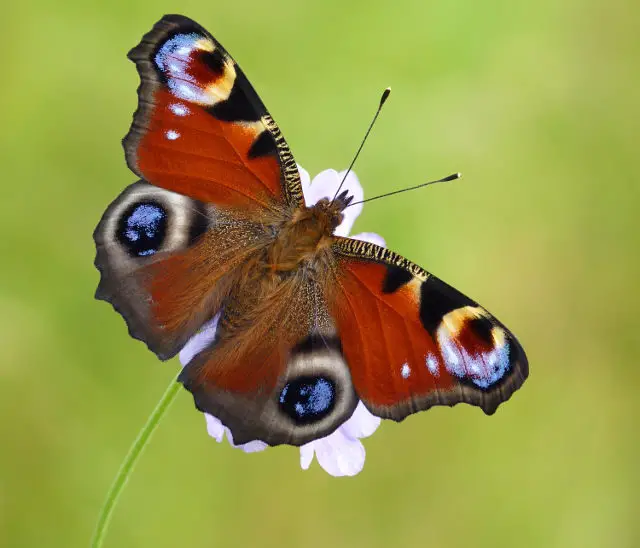
Populations of Red Admiral and Gatekeeper were up 138% and 95% respectively compared to the same period last year and the beleaguered Small Tortoiseshell had its best Big Butterfly Count result since 2014, with around 70,000 spotted this summer.
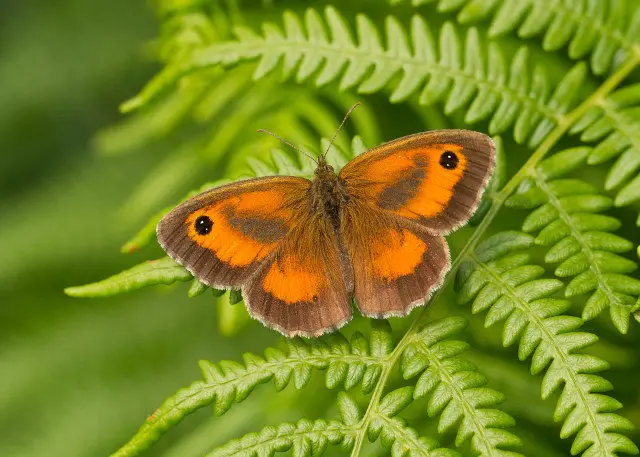
Concern for Small Tortoiseshell
Despite this, scientists remain concerned about the Small Tortoiseshell’s long-term future – this once common and widespread butterfly has declined by 78% since the 1970s.
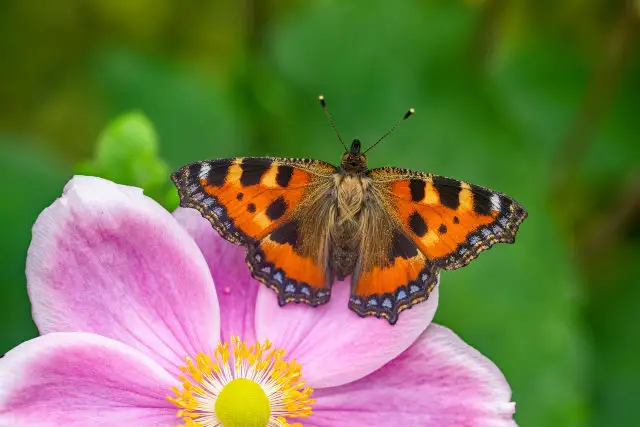
Butterfly Conservation’s Associate Director of Recording and Research, Richard Fox, said:
“Last year the Small Tortoiseshell experienced its worst summer in the history of the Big Butterfly Count, so to see its numbers jump up by 167% this year is a big relief. But what’s really interesting when we look at the results is how this species performed far better in Scotland and Northern Ireland this year – where it was the second most seen butterfly during the Count – but didn’t do nearly as well in England and Wales, where it only just made the Top 10. On average, participants in Scotland and Northern Ireland saw over twice as many Small Tortoiseshells per Count than people in England.
“We’re still trying to establish what is behind the long-term decline of the Small Tortoiseshell and while it is good news that the butterfly fared better this summer, the poor results in southern England in particular suggest that climate change may be having more of an impact on this species than we have previously realised.”
Over 113,500 people took part
This year more than 113,500 people took part in the Big Butterfly Count, the largest survey of its kind in the world, spotting nearly 1.6 million butterflies in the UK during the three-week, high-summer recording period.
Richard added:
“The Painted Lady obviously stole the show this summer, taking the top spot in England, Wales, Scotland and Northern Ireland, but 2019 has also been the most successful Big Butterfly Count in its 10-year history, with more people taking part and more counts being submitted than ever before.”
Some species suffered slumps
The warm weather experienced across the UK this summer should have helped most butterflies, but the common white species and blue butterflies all suffered slumps.
The Large White, Small White and Green-veined White saw their numbers drop by 42% compared to the same three-week period last year.
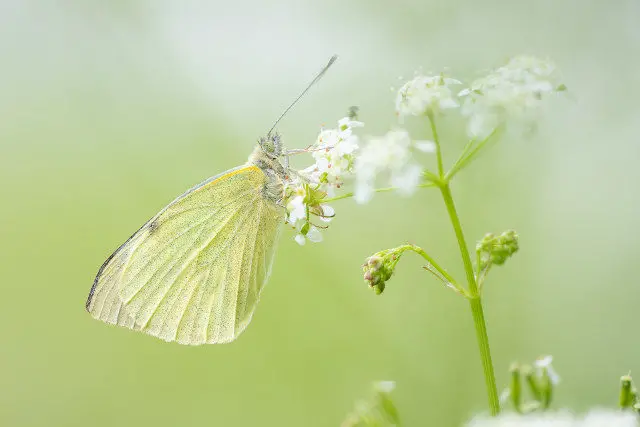
Last year, the Common Blue recorded its best results since 2010 and was expected to do well again this year, but counts were down 59% compared to 2018.
Sightings of Holly Blue were also down 54%, despite the butterfly recording its highest ever numbers in the history of the project in 2018 and having a good spring generation this year.
Bumper count
These three white species and two blue butterflies all experienced a bumper Big Butterfly Count in 2018, so it’s possible that for some of these species, this year’s drop in sightings could be the result of increased predation by parasitic wasps, populations of which may have been boosted by the butterflies’ good fortunes last summer.
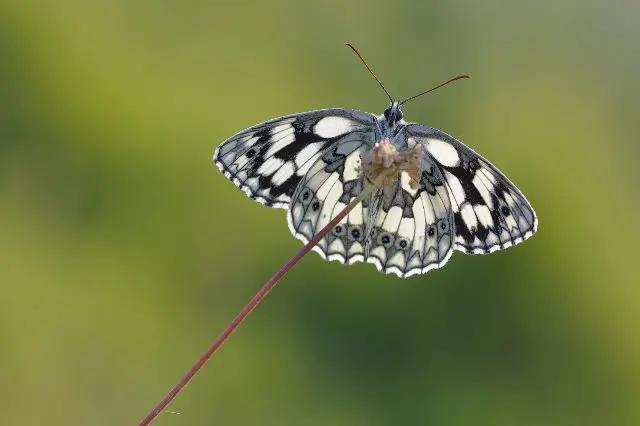
The Big Butterfly Count results can be found at on the Website and these will be used by scientists to see how the UK’s common species are faring and where to target future conservation work.
| Rank | Name | Numbers seen |
|---|---|---|
| 1 | Painted Lady | 420,841 |
| 2 | Peacock | 207,814 |
| 3 | Small White | 179,715 |
| 4 | Gatekeeper | 161,987 |
| 5 | Large White | 138,671 |
| 6 | Meadow Brown | 110,858 |
| 7 | Red Admiral | 91,146 |
| 8 | Small Tortoiseshell | 70,704 |
| 9 | Speckled Wood | 33,015 |
| 10 | Green-veined White | 32,965 |
The Big Butterfly Count is sponsored by B&Q. Their spokesperson said:
“B&Q is incredibly proud to have once again sponsored the Big Butterfly Count. We’re delighted to see that so many people took part in this vital research.
“In total, domestic gardens cover an estimated 2-3% of the total surface area of the UK, or some 500,000 hectares – about the same size as Norfolk*. The great majority of this garden space is found in our towns and cities. In addition, there are many more spaces like balconies and window boxes all of which can be nurtured to support wildlife.
“At B&Q we want to help people create better habitats for wildlife in all outdoor spaces, regardless of size, no space is too small for pollinator friendly plants to attract butterflies and other insects. We urge everyone to plant for pollinators, help wildflowers flourish where you can and continue to take part in vital citizen science projects like the Big Butterfly Count.”
Katie shares this news on behalf of Butterfly Conservation. Ed

